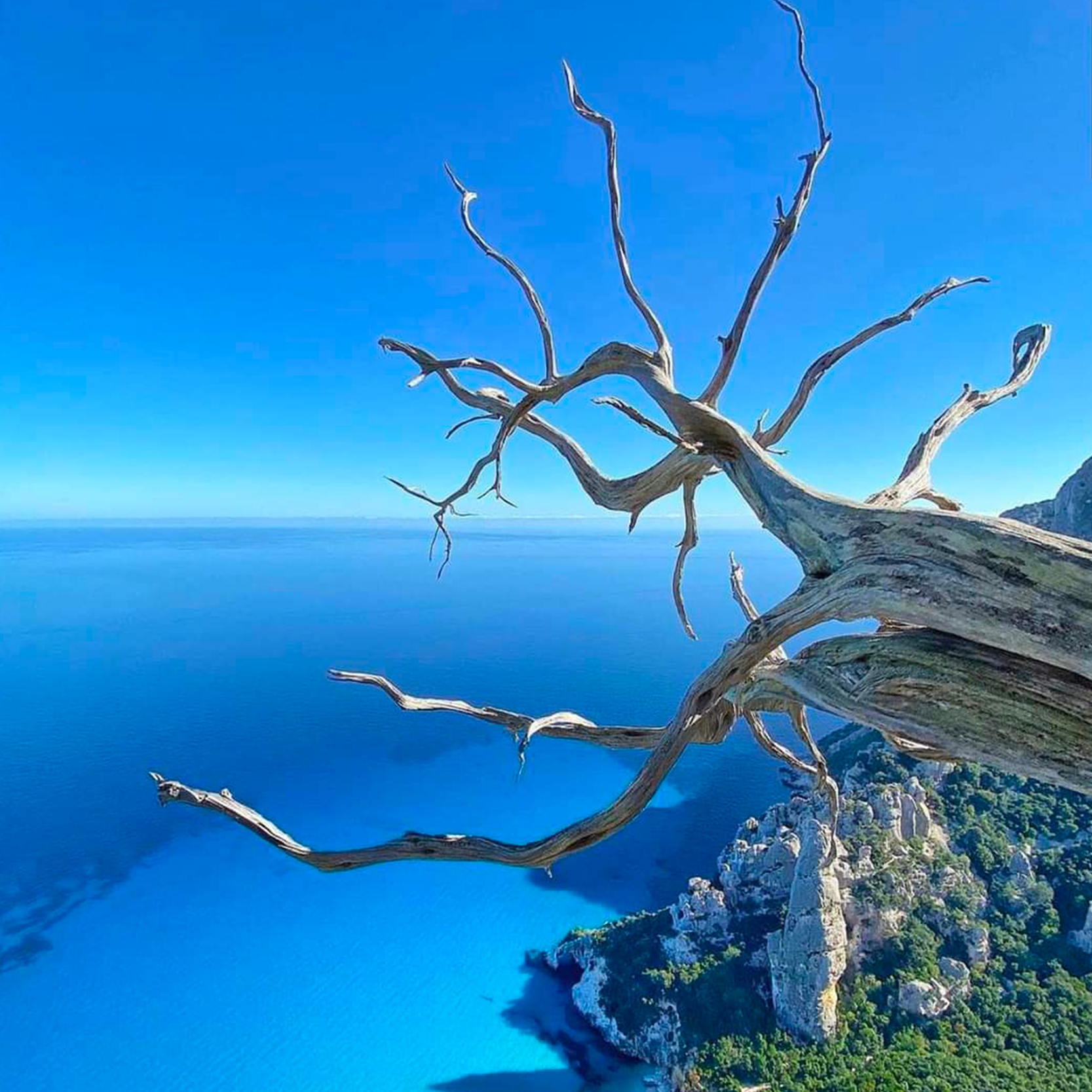Il suo nome scientifico è Juniperus phoenicea. Il nome “juneprus” indica il sapore aspro dei frutti, mentre “phoenicia” significa rosso porporino, ed è riferito al colore delle coccole, le bacche, mature.
Name Prickly Juniper deriva dalla produzione di grezze drupe chiamate “coccole”. Le bacche sono un ottimo alimento per volpi, mustelidi ed uccelli.
La presenza dei Fenici in Sardegna è testimoniata in mille modi e in molti pensano che anche il ginepro fenicio, “Zinniberi Burdu” in sardo, si chiami in questo modo perché portato qui, da quell’antica civiltà del Mediterraneo Orientale, in realtà in questo caso non è vero Si tratta di un alberello o arbusto sempreverde, alto da 1 a 6 m, vive a lungo fino a raggiungere un’età secolare e dimensioni notevoli. Nell’Isola se ne contano alcuni che hanno ottenuto il riconoscimento di “Alberi Monumentali“.
Più frequentemente si trova sui calcari della zona centro-orientale. La corteccia ha un colore bruno-rossastra e delle fessure poco profonde e allungate. Le foglie sono verdi e squamiformi di 1-2 mm di lunghezza, sono disposte come delle tegole (embricate) a formare un rametto. I fiori maschili giallastri, e i femminili verdi, nascono su piante diverse. Fiorisce a marzo-aprile e i frutti, galbuli o coccole (pseudofrutto tipico dei ginepri, dove squame carnose avvolgono i semi. Spesso col tempo assumono una forma contorta e strisciante.
Dalla distillazione del legno si ottiene un olio particolare utile soprattutto per curare le affezioni della pelle mentre in veterinaria per combattere la scabbia e le ulcere dei bovini. Con i galbuli si preparano marmellate e conserve. Facendo macerare galbuli, interi o frantumati, in acquavite o alcool si preparano liquori (da tavola o anche medicinali). Osservate con attenzione l’originalità di certi alberi e il coraggio di tanti altri: il vento non è il loro nemico, è il loro parrucchiere, e ha prodotto capolavori. Offrono una prova di forza straordinaria, e una lezione per tutti noi, convinti che chi è forte non debba cambiare, a costo di spezzarsi. I ginepri sono fortissimi perché si piegano, si adattano, cambiano, soffrono. E non si spezzano quasi mai. Ci sono anche bei ginepri arborei nelle vicinanze. I tronchi di questi alberelli, che normalmente sono solo arbusti, vengono usati dai pastori per la copertura a cono della loro abitazione denominati Cuili.
We wish you a good reading, a big hug from Juniper.
Author: Elisa Sassu and Ferrer Agus
